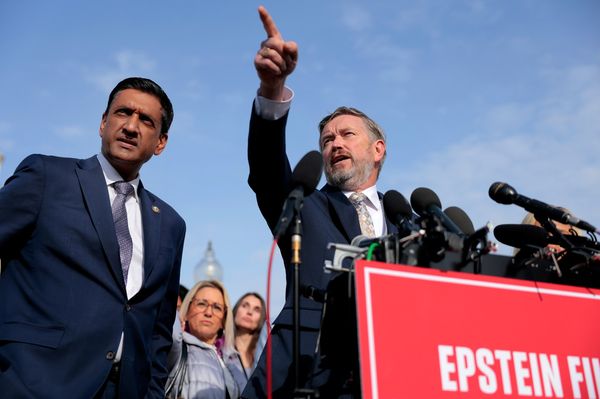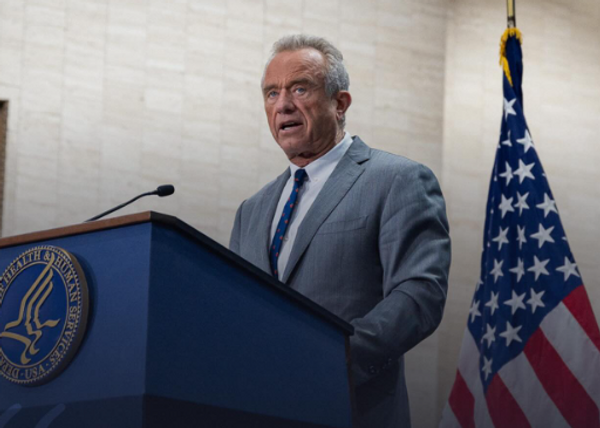
As the Federal Reserve approaches next week’s policy meeting, Wall Street is doing the usual pas de deux around interest rates. But this time, there is a disruptor to the traditional monetary policy logic: the unstoppable wave of ETF flows.
VOO is up 13% year-to-date. Check its prices here.
Flows On Autopilot
According to Bloomberg, over $800 billion has flowed into ETFs this year, with nearly $475 billion going into equity funds, bringing the chance of a trillion-dollar annual take within reach. That streak has held even amid April’s sell-off and resurgent tariff tensions, with more than $120 billion pouring in during the last month alone.
A lot of the money is flowing into broad index trackers such as the Vanguard S&P 500 ETF (NYSE:VOO), as well as widely held bond funds like the iShares iBoxx $ Investment Grade Corporate Bond ETF (NYSE:LQD). VOO garnered a whopping $119 billion this year thus far, whereas LQD raked in more than $500 million in inflows this year. Even riskier bets, ranging from crypto-linked ETFs to leveraged debt products, have been drawing consistent demand.
Strategists contend this is an “autopilot” phenomenon. Millions of Americans funnel retirement savings into ETFs via 401(k)s, target-date funds and robo-advisors, creating steady, calendar-driven allocations. ETFs are found by academic research, cited by Bloomberg, to exaggerate rallies following unexpected rate reductions and soften sell-offs when increases strike, essentially dampening the central bank’s shock value.
StoneX’s Vincent Deluard said that about 1% of GDP flows are directed into index funds each month, irrespective of valuations or sentiment.
That explains partly why the S&P 500 continues to make new highs even as labor-market cracks lengthen and investors bet on several Fed cuts this year. ETFs now provide a standing bid for risk assets, leaving markets less sensitive to policy indecision — until they do.
Also Read: Move Over, Mag 7—Gold Miner ETFs Are Running The Show Now
ETFs to Watch Ahead of the Fed
Investors positioning for potential easing may pay attention to rate-sensitive funds such as the iShares 20+ Year Treasury Bond ETF (NASDAQ:TLT), which normally appreciates on declining Treasury yields and credit-oriented vehicles like the LQD. Sector and thematic ETFs, especially in technology and dividend equities, are also being watched as possible recipients of a risk-on world.
The danger is what occurs when confidence wavers. While investors view ETFs as cash, some hold illiquid or leveraged assets that might amplify losses in a downturn. As one strategist said, the ultimate test may not be next week’s quarter-point reduction, but whether ETFs can hold the line if Fed Chair Jerome Powell indicates fewer reductions to come.
Read Next:
Photo: Shutterstock







